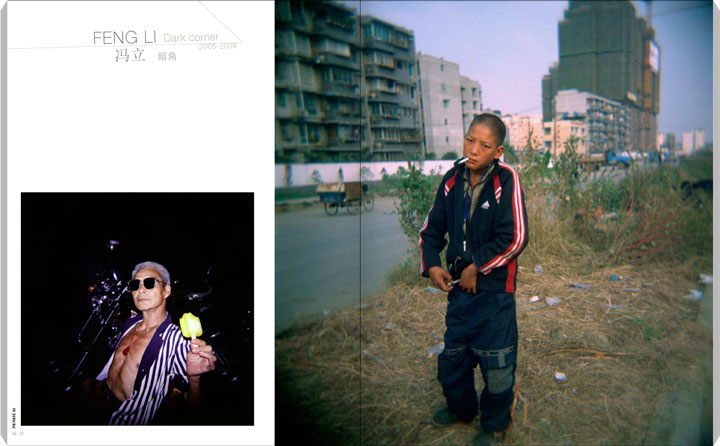Introduction
[T]hree years ago Zhou Zhenglong, a hunter from Sha’anxi, claimed to have found a South China tiger, a species at serious risk of extinction. To document this encounter, he sent the Department of Forestry of his region some photographs of the animal. The images created such a sensation and were immediately examined so as to verify their authenticity. News of the discovery circulated on the Internet, sparking a heated debate throughout the country. A number of experts affiliated with various institutions, including the Academy of Sciences, declared themselves to be certain of the existence of the animal shown in the photographs. Yet, after over a year of investigations, it was publicly announced that the photographs had been doctored. Thirteen government officials were harshly reprimanded for their carelessness and four were fired. The “hunter” was sentenced to two years and six months imprisonment and was fined 2000
yuan.
In the meantime, I imagine that the discussions between photographers and naturalists, zoologists and ordinary citizens, sociologists and intellectuals, turned into a debate on one of the most controversial, unresolved subjects in human history, which is still relevant today and has yet to be exhausted: the “perception” of reality in terms of its relationship to the “existence” of reality itself and the significance attributed to this and each of the other terms involved in the diatribe.
In contemporary China, uncertainty about what is “true” and what is “false”, “reality” and “appearance”, extends from the realm of photography to that of existence itself. We often feel that we are confronted with such an illusory, ambiguous, unexpected “reality” as to lead us to doubt not just our perceptions, but our very capacity for interpretation. We are placed in the position of not only doubting the most blatant truths, but even their most extravagant simulacra: we feel a sense of disorientation and are no longer able to distinguish between fiction and truth. Rather, the two notions lose their consolidated meanings, both in terms of the way they are perceived and from an ethical standpoint: the term “true” thus no longer necessarily bears a positive significance, given that appearance often supplants substance, which in turn lends the former an additional connotation with respect to the notion of “surface” with which it was traditionally bound.
Such displacements do not just occur in a spatial, concrete sense, but also in a temporal one. The past, present, and future merge, becoming indistinguishable: the past is hewed into a distorted present, while both coexist alongside a future that has seemingly already unfolded through various forms that denote an extreme faith in the future as such.
Human relationships, which function according to “traditional” expressive and behavioral codes, become devoid of their original foundation, thus merely retaining their “formal” aspects, which in turn imbues them with a greater complexity, given that it becomes increasingly difficult to gauge the sincerity and depth of what one says (and of what one is).
It is a daunting task to understand what one is faced with, and difficult to decide the most correct (or effective) attitude to adopt within the course of one’s life. The awareness of the fact that the confines of reality have expanded and become blurred, and that what seemed unimaginable may take on a tangible form, elicits bewilderment. Perhaps the act of capturing and confining – if by means of a fictitious, illusory medium such as photography – some aspect of their surrounding environment constitutes a starting point from which Chinese photographers may consider it afresh, in more subjective, less commonplace terms, thus inventing it anew.
(Monica Dematté)
Photographers
- Feng Li 冯立, Dark Corner
- He Jin 贺进, New Landscapes
- Jiao Jian 矫健, To fill the void
- Li Jun 李俊, Not often
- Li Si 李思, Time machine
- Liu Jingxun (Ahmed) 刘劲勋, Other places
- Ma Hongjie 马宏杰, Family Stuff
- Mu Ge 木格, Back home
- Su Sheng 苏晟, Chinese childhood
- Tian Ye 田野, The significance of paradox
- Wang Mei 王玫, Poetic Living
- Wang Tong 王彤, Reenactment
- Yan Ming 严明, My harbour
- Zhang Xiao 张晓, They
- Zhang Xiaoming 张晓明, Towards North
- Zhou Qing 周晴, There is











Reviews
There are no reviews yet.